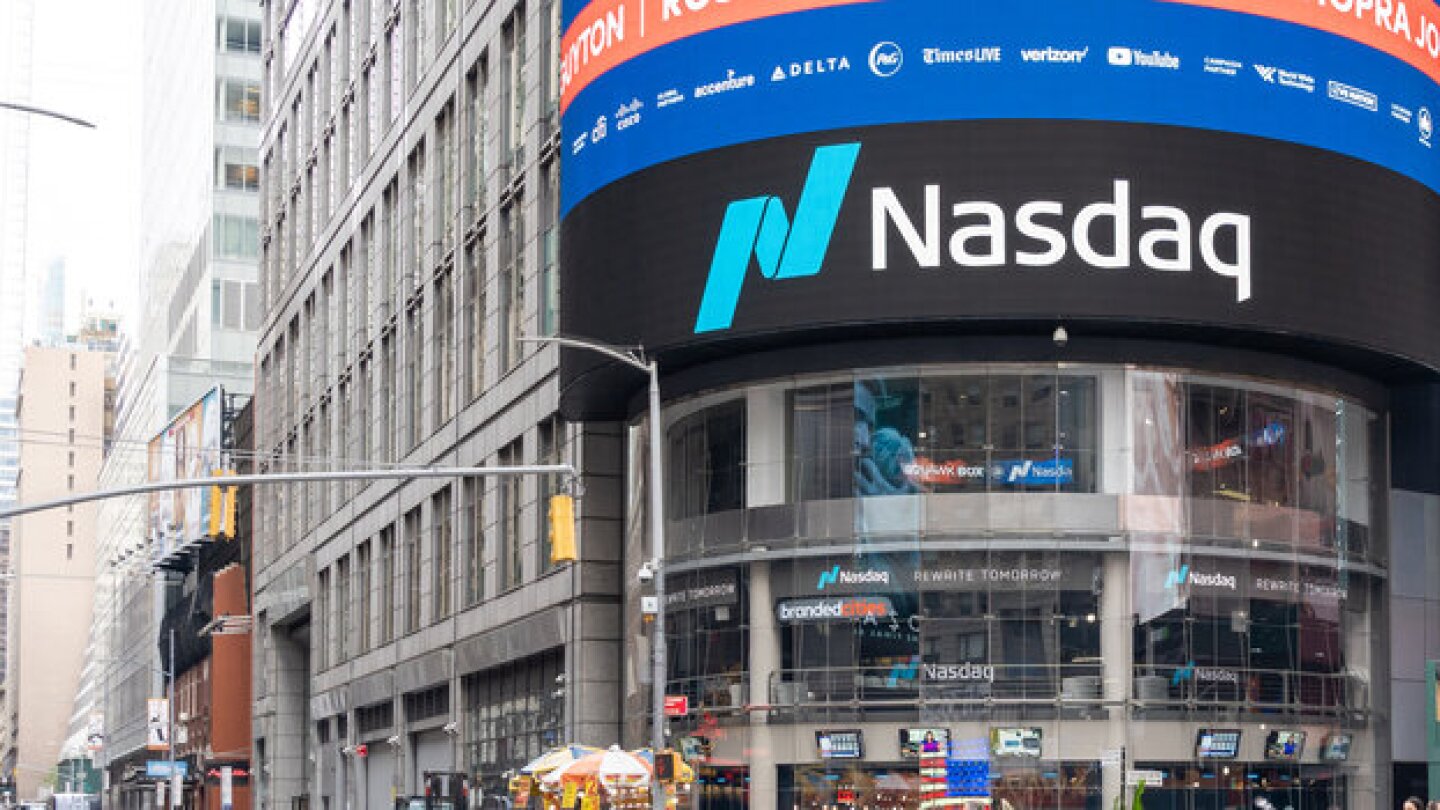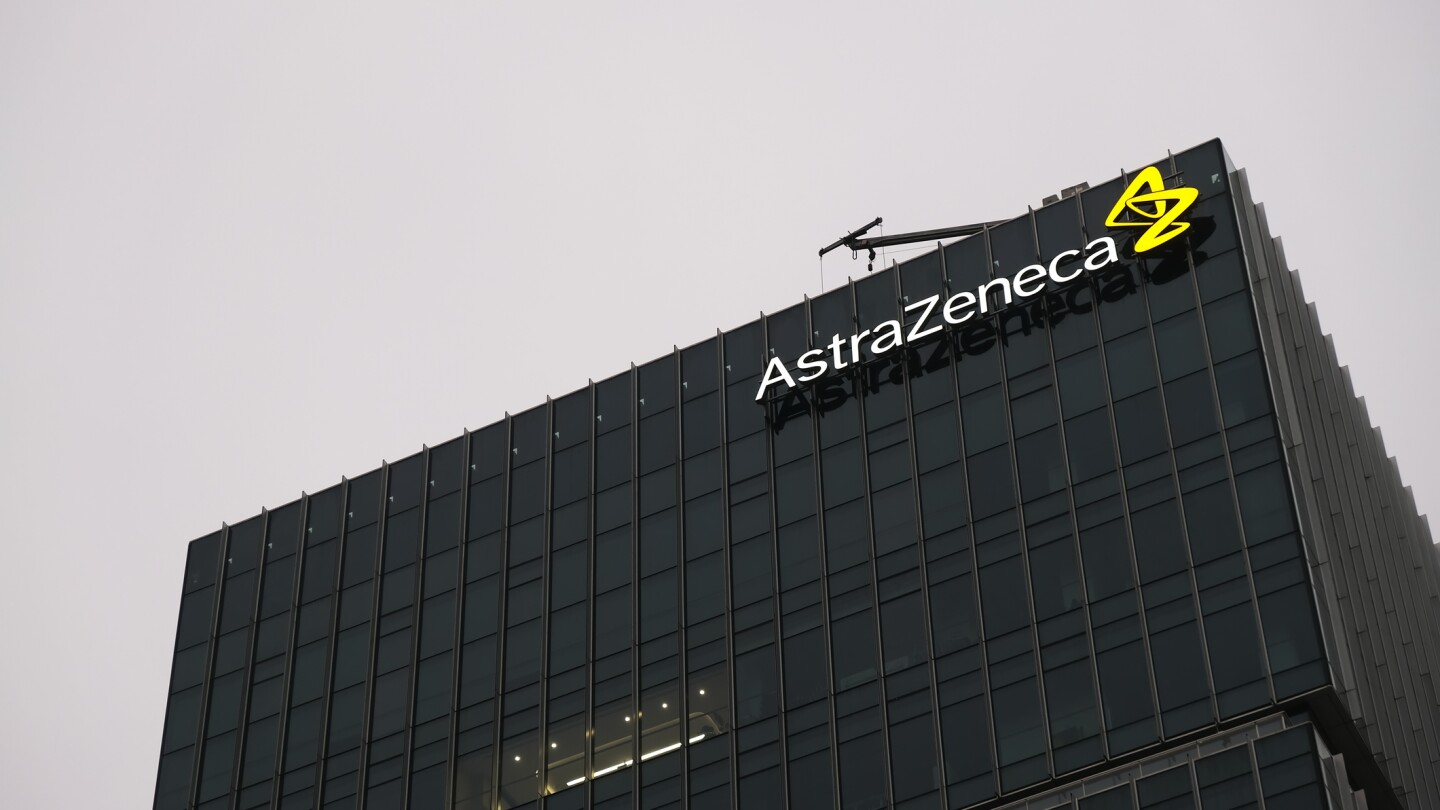News
While Novartis and Bayer got there first, AstraZeneca, Bristol Myers Squibb and Eli Lilly are all vying to bring their radiopharmaceutical assets to a market projected to be worth over $13 billion by 2033.
FEATURED STORIES
If approved, ensifentrine would be the first non-steroidal, anti-inflammatory drug for patients with chronic obstructive pulmonary disease, offering an option with potentially fewer side effects.
Exsilio Therapeutics emerged from stealth on Tuesday with a platform that leverages mRNA technology to develop redosable genomic medicines for a range of complex diseases.
While Thursday’s label expansion and traditional approval for the gene therapy is an important milestone, many challenges still face the Duchenne muscular dystrophy community.
Job Trends
Omega Therapeutics, Inc. announced new preclinical data supporting the potential of OTX-2101, a c-MYC-targeting epigenomic controller being developed for the treatment of non-small cell lung cancer, in combination with immune checkpoint inhibitors or EGFR inhibitors at the AACR-NCI-EORTC International Conference on Molecular Targets and Cancer Therapeutics which took place in Boston, Mass., October 11 – 15, 2023.
FROM OUR EDITORS
Read our takes on the biggest stories happening in the industry.
During the COVID-19 pandemic, Health Secretary Robert F. Kennedy Jr.—along with FDA Commissioner Marty Makary and CBER Director Vinay Prasad—argued against vaccine mandates, partly because they limited medical choice. This week, the FDA under their leadership approved updated COVID-19 vaccines with restrictions that do the same.
THE LATEST
While some analysts expect the 2025 IPO market to be relatively cool in the near-term, others anticipate more bids than in 2024.
Biogen’s effort to buy Sage reveals its “desire to expand its pipeline at a discount,” according to analysts from BMO Capital Markets.
Traditionally carrying a dire prognosis, the treatment paradigm for multiple myeloma is changing, with CAR T therapies, bispecifics and more contributing to multifaceted regimens unique to each patient’s needs.
Even before the FDA’s recent approval of Dato-DXd in breast cancer, analysts predicted sales of the antibody-drug conjugate could hit $5.9 billion in 2030. However, the asset faced a series of setbacks in 2024.
As the year gets underway, analysts and biotech executives highlight cell therapy’s pivot from oncology to autoimmune diseases, a continued appetite for next-generation obesity drugs and an increased focus on neuromuscular, kidney and cardiovascular diseases.
There are currently no treatments available for celiac disease beyond a gluten-free diet. Several late-phase companies aim to change the paradigm and deliver hope and progress soon.
The conversion of Calquence’s accelerated approval in mantle cell lymphoma comes a day before the drug was listed among the 15 products to be subject to IRA-prescripted price negotiations for Medicare this year.
The data suggest the high dose nearly closes the efficacy gap with Zepbound.
Biopharma executives make their predictions for the year ahead, from a bold forecast for the return of the megadeal to a plea for the slow, healthy recovery of the industry at large.
Drugmakers will have until the end of February to decide whether they want to participate in the second round of Medicare negotiations or not. CMS has until June 1 to send an initial offer for the adjusted prices.

















